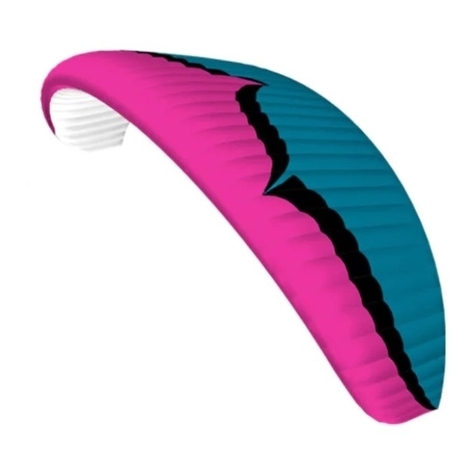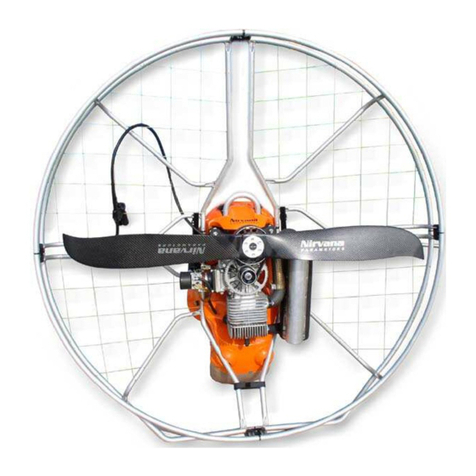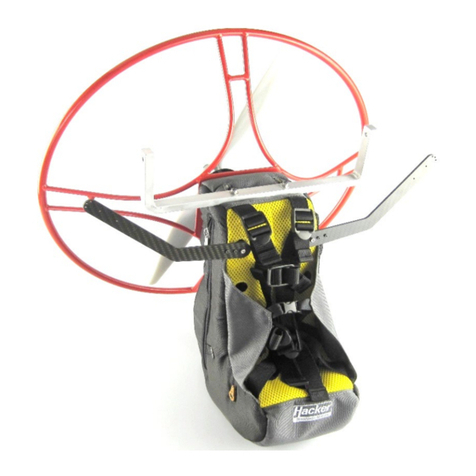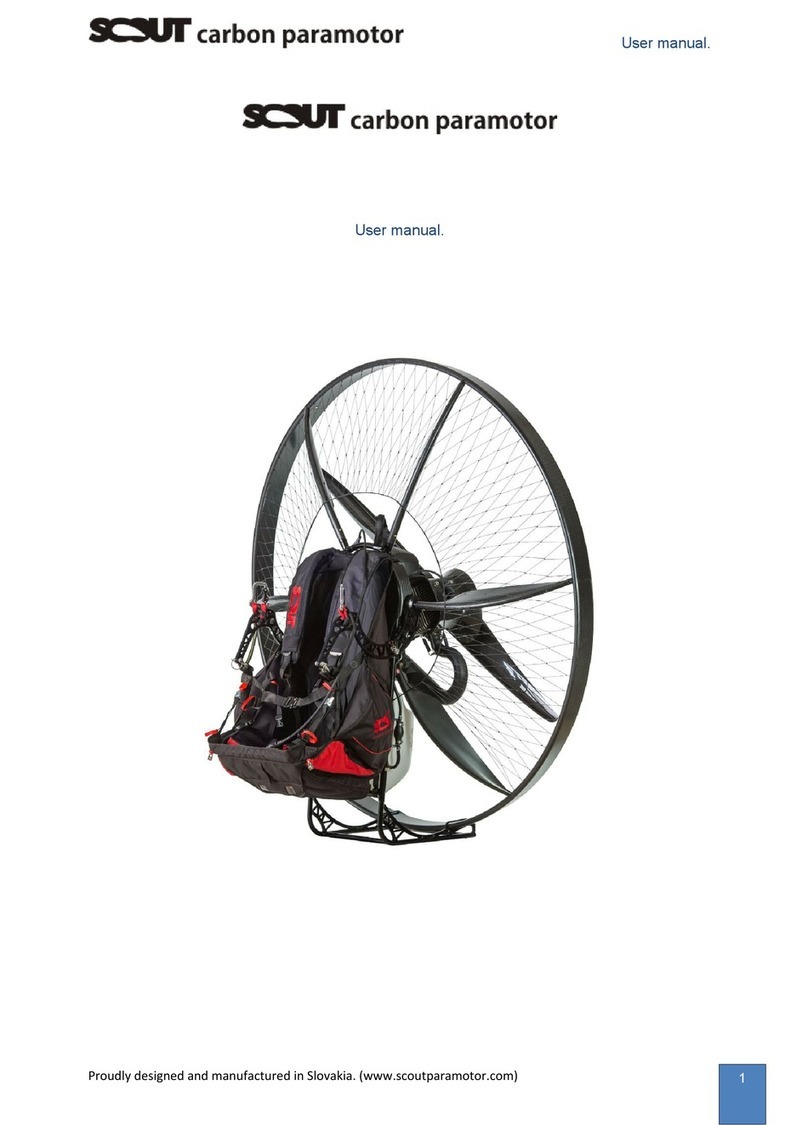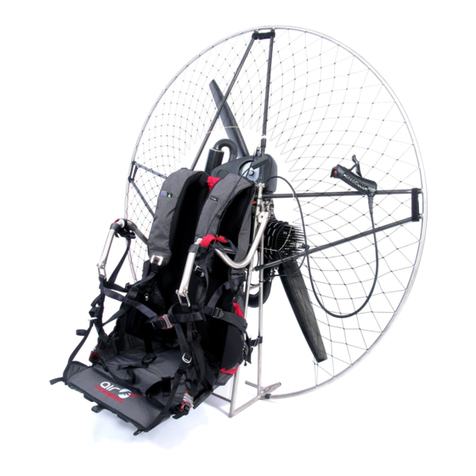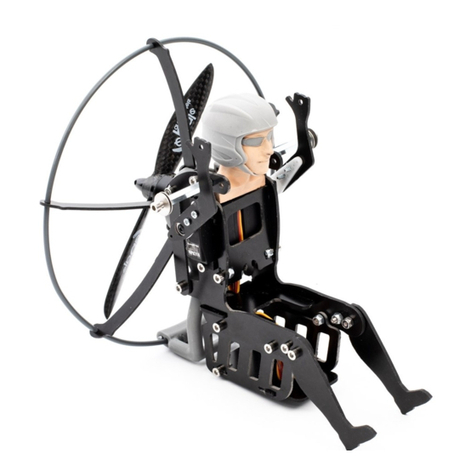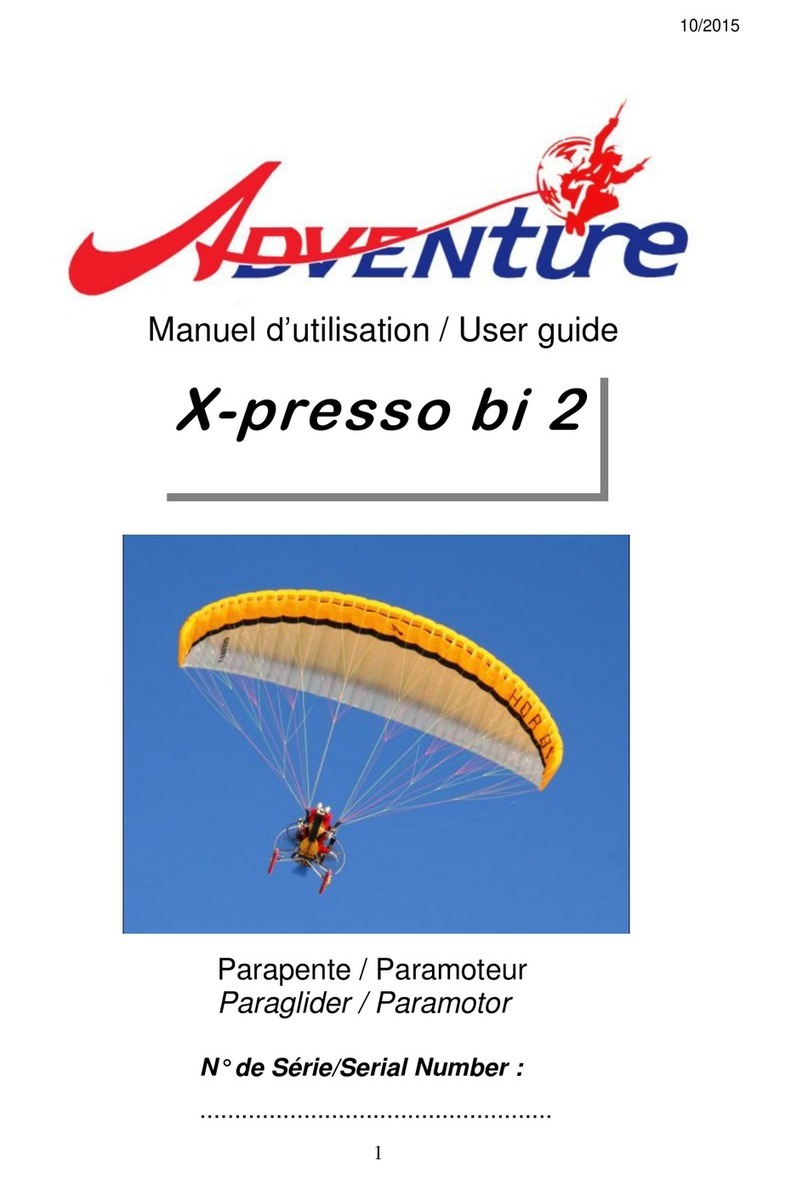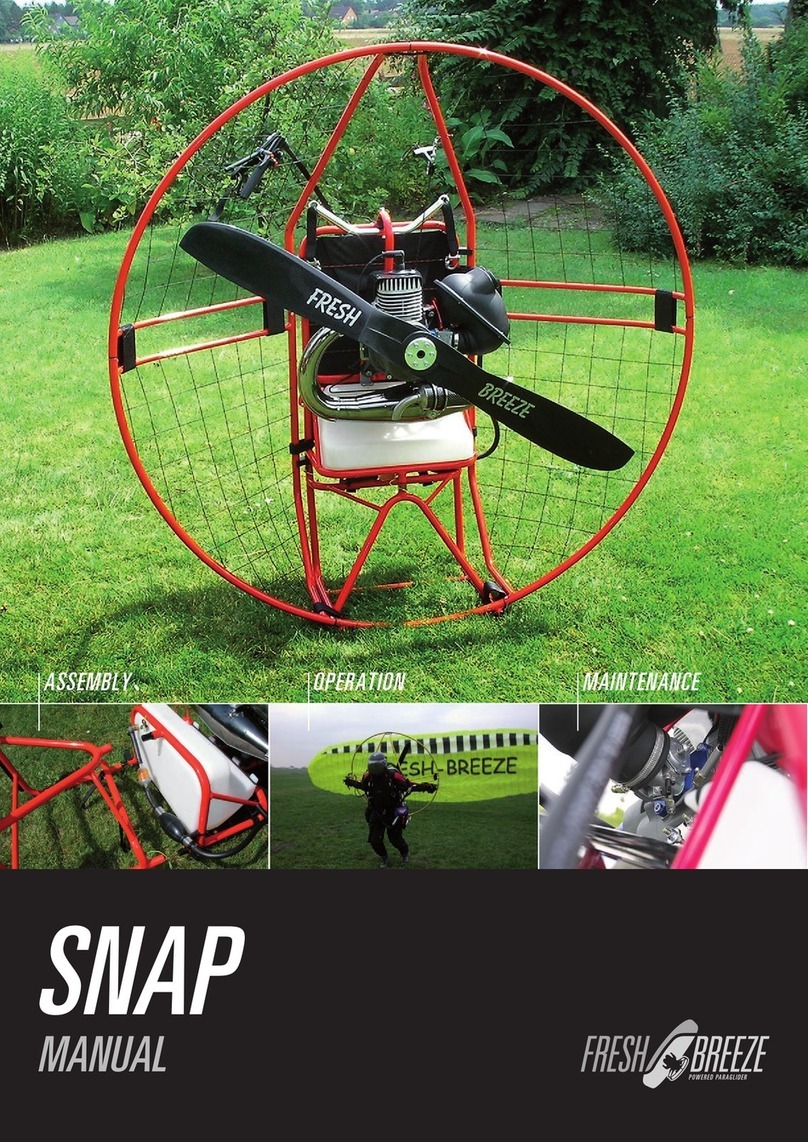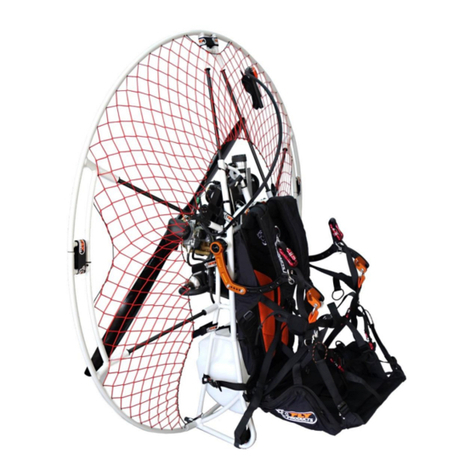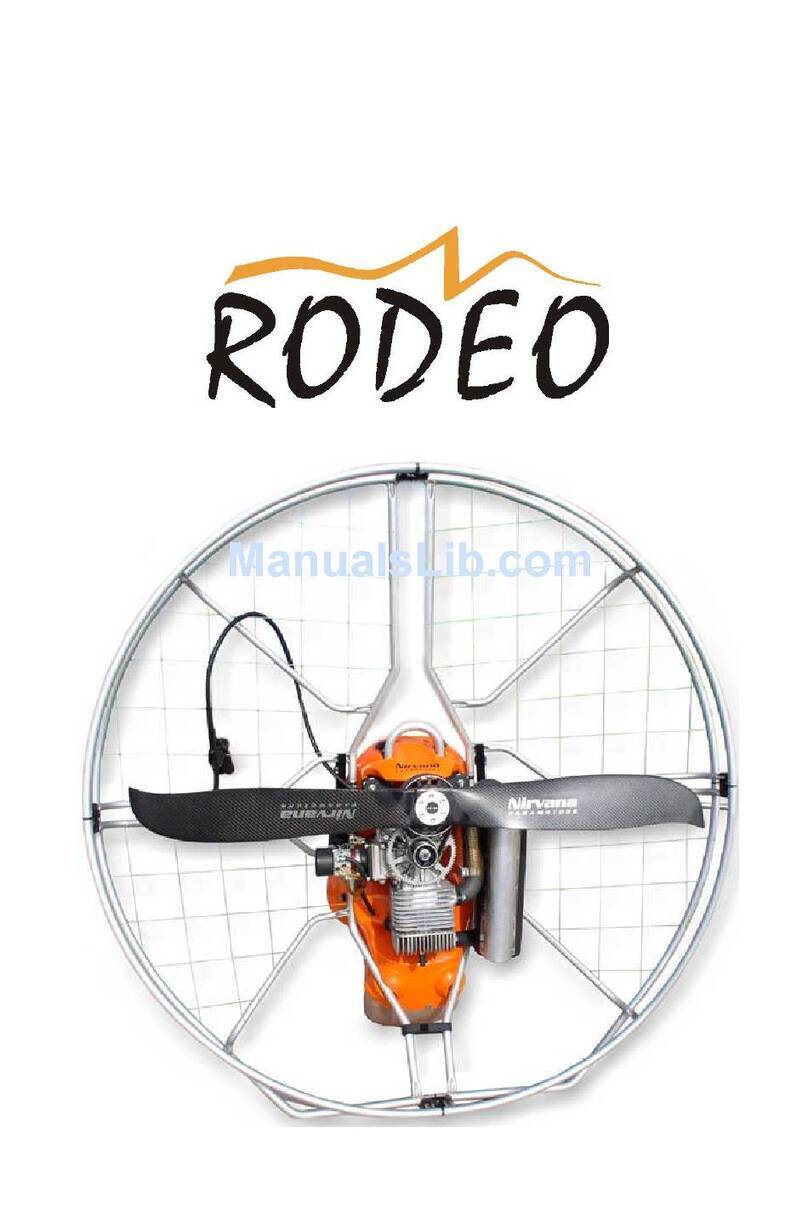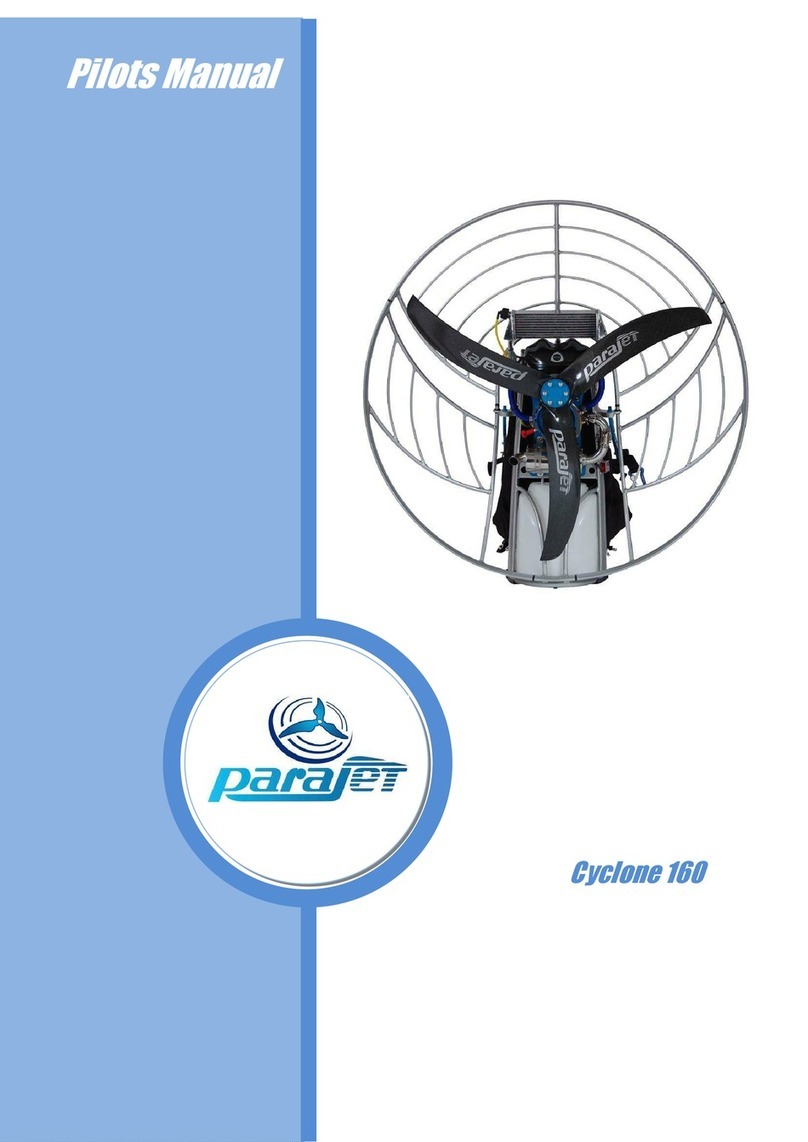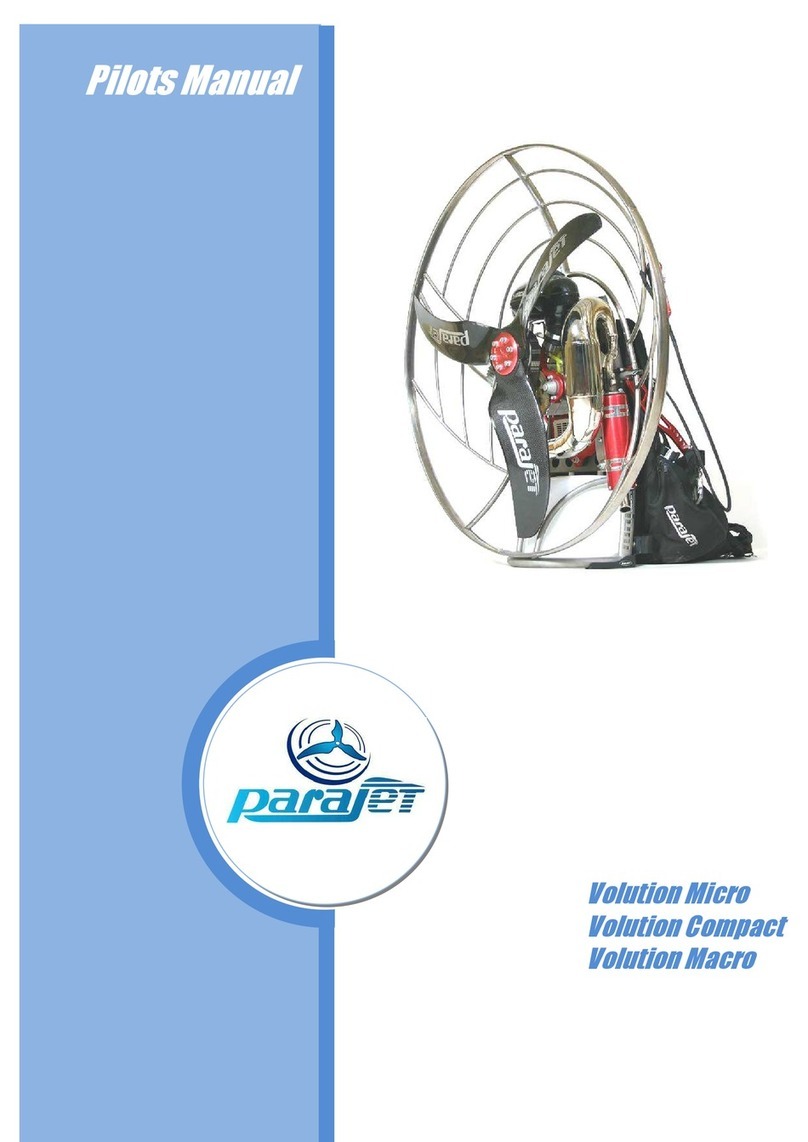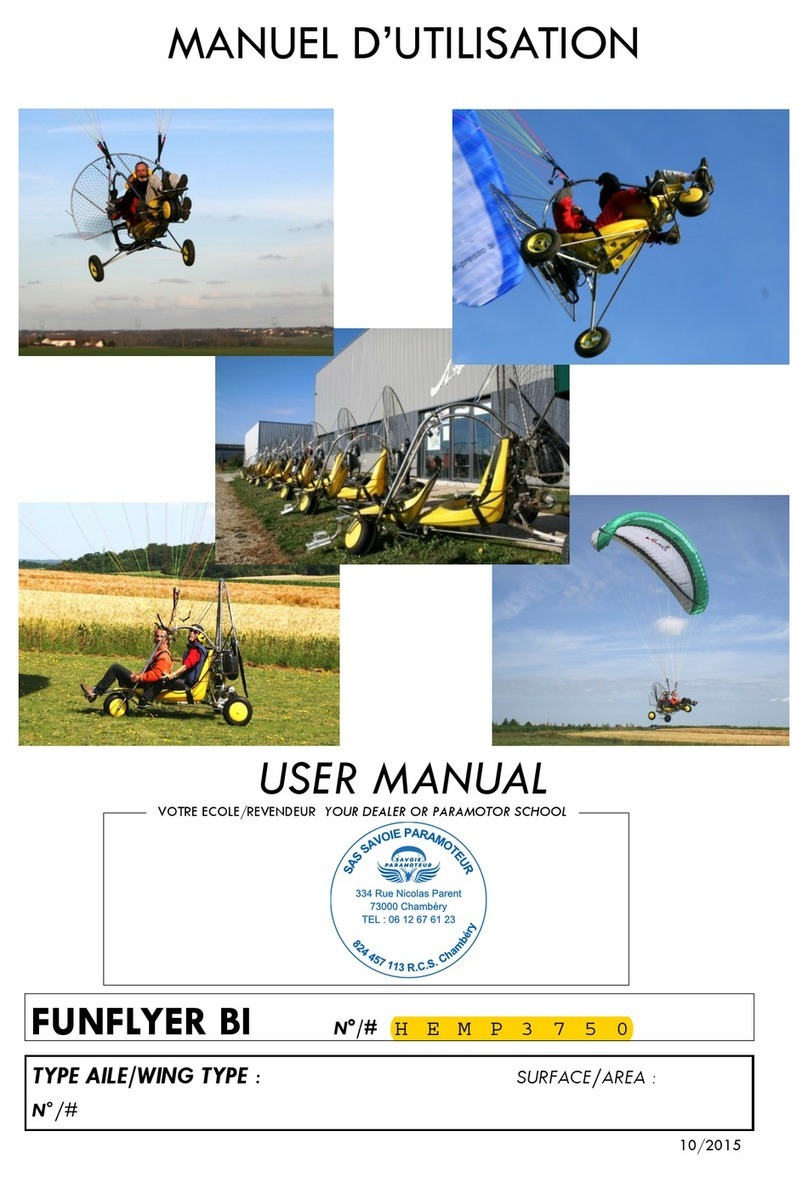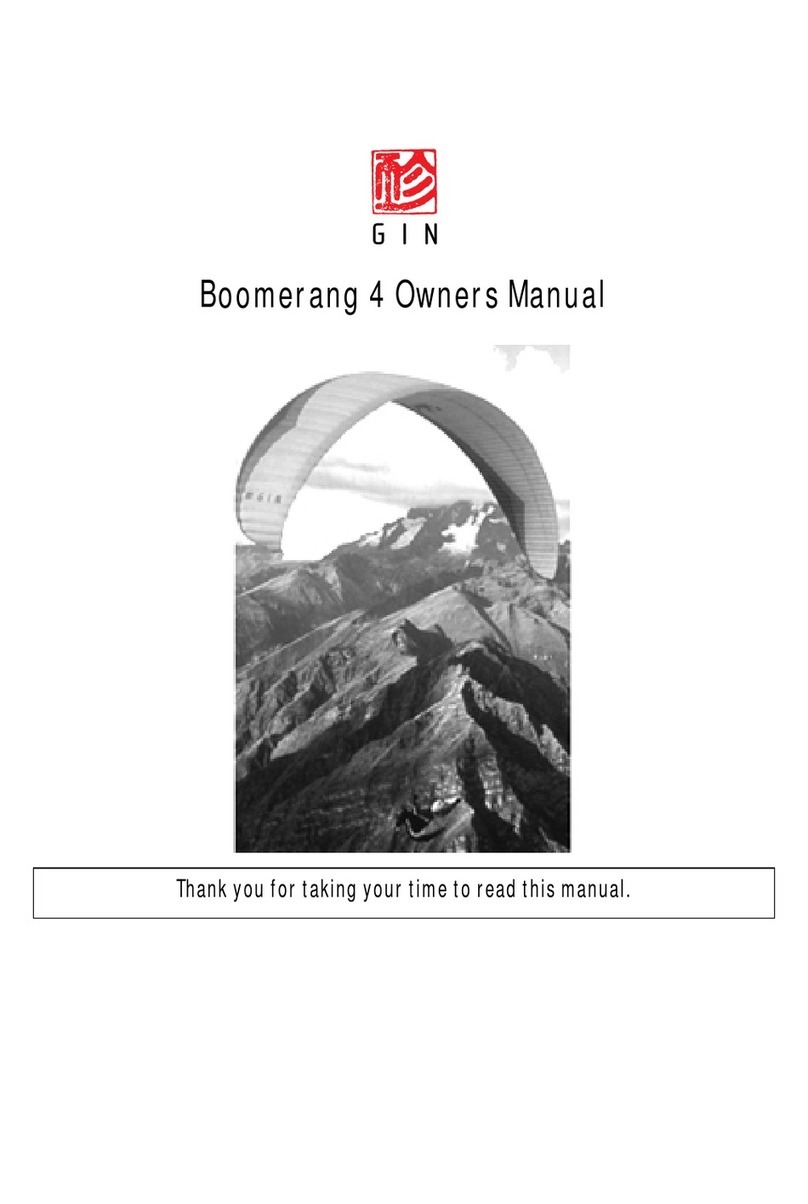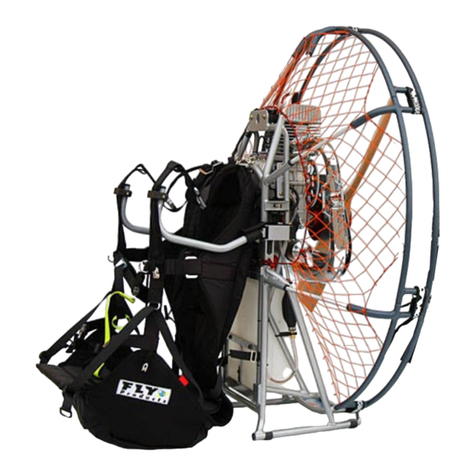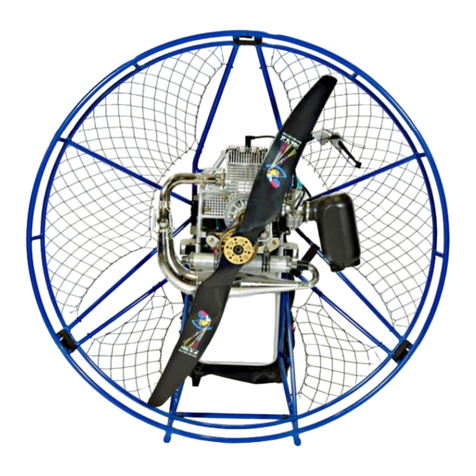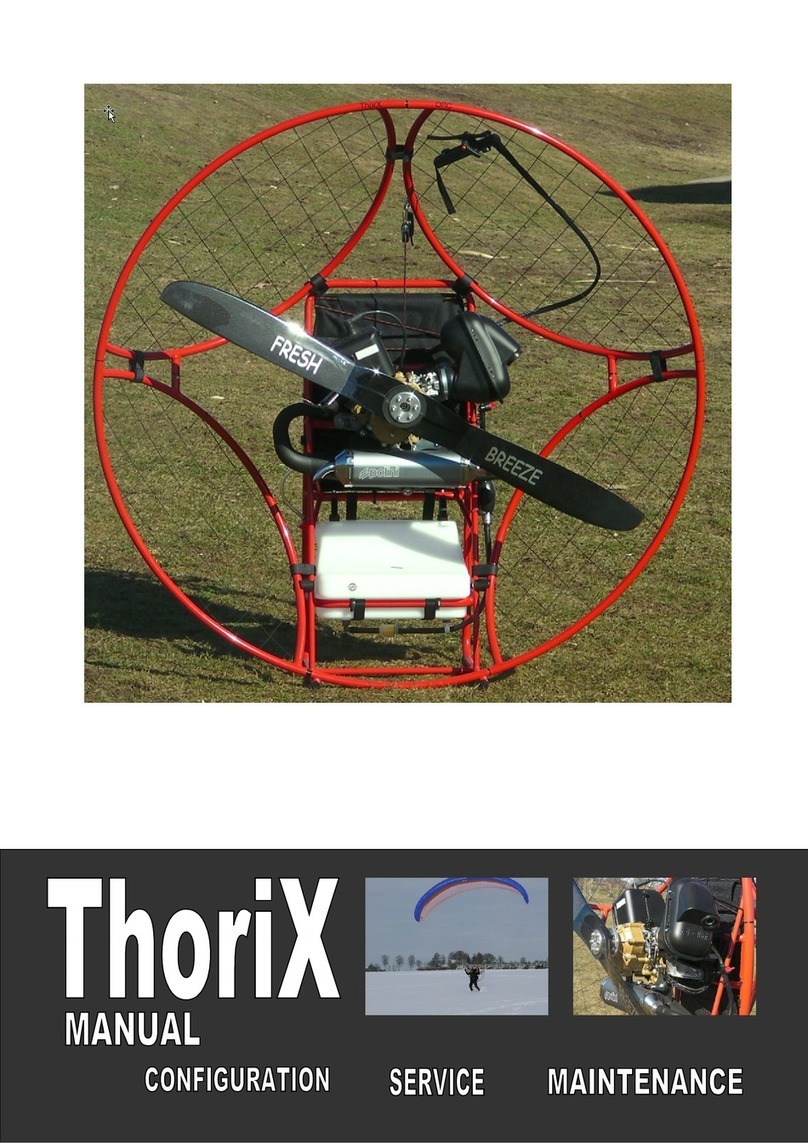
32 Pilots Manual for Parajet Maverick Lite Trike - © 2022 Parajet International LtdPilots Manual for Parajet Maverick Lite Trike - © 2022 Parajet International Ltd
INTRODUCING THE
MAVERICK
LITE TRIKE
The Lite Trike extends Parajet’s precision
engineering and design found in your
Maverick, to a lightweight and versatile
paramotor trike for both daily use and
long airborne adventures.
When you’re done, it only takes a few
minutes for you to fold up your Lite Trike
into a space-saving package that can be
easily stored and transported.
LET’S GET TO THE
IMPORTANT STUFF FIRST
WARNING: Parajet recognise that there are risks
inherent in ying the Maverick Lite Trike. By his or her
purchase and use of this product the pilot recognises
and accepts these risks.
PUBLICATION Version 2.0 - February 2022
DISCLAIMER The Information contained in this manual
has been presented with all due care and is considered to
be true and correct at the date of publication, changes in
circumstances after the time of publication may impact on the
accuracy of the information. Information may change without
notice and Parajet is not in any way liable for the accuracy of
any information printed or in any way interpreted and used by
a user. This manual DOES NOT replace the need for appropriate
paramotor and trike training by a qualied instructor or ight
school. Find your nearest training school on our website:
https://parajet.com/nd-your-instructor
PROTECT YOUR WARRANTY Carefully read, follow and
understand the instructions given in this manual. Failure to do
so will void your warranty. This manual is an essential part of
the product, and you should keep it in a safe place for future
reference. Parajet are always here to help our pilots but cannot
be held responsible for component failure or damage due to
active negligence or insufcient understanding of the manual.
KEEP IT FLYING FOR LONGER The lifespan of your Lite
Trike depends on many factors. Flying conditions, impacts,
improper use or harsh use can all affect its function. Some parts
are subject to wear over time. But you will always get more fun
and more years out of your Trike if you treat it with care.
Inspect your Trike for signs of fatigue or wear before and after
every ight. We strongly recommend a full inspection which can
be found at the back of this manual. If the inspection reveals any
problem, no matter how small, DO NOT y your Maverick Lite
Trike until a repair has been carried out.
